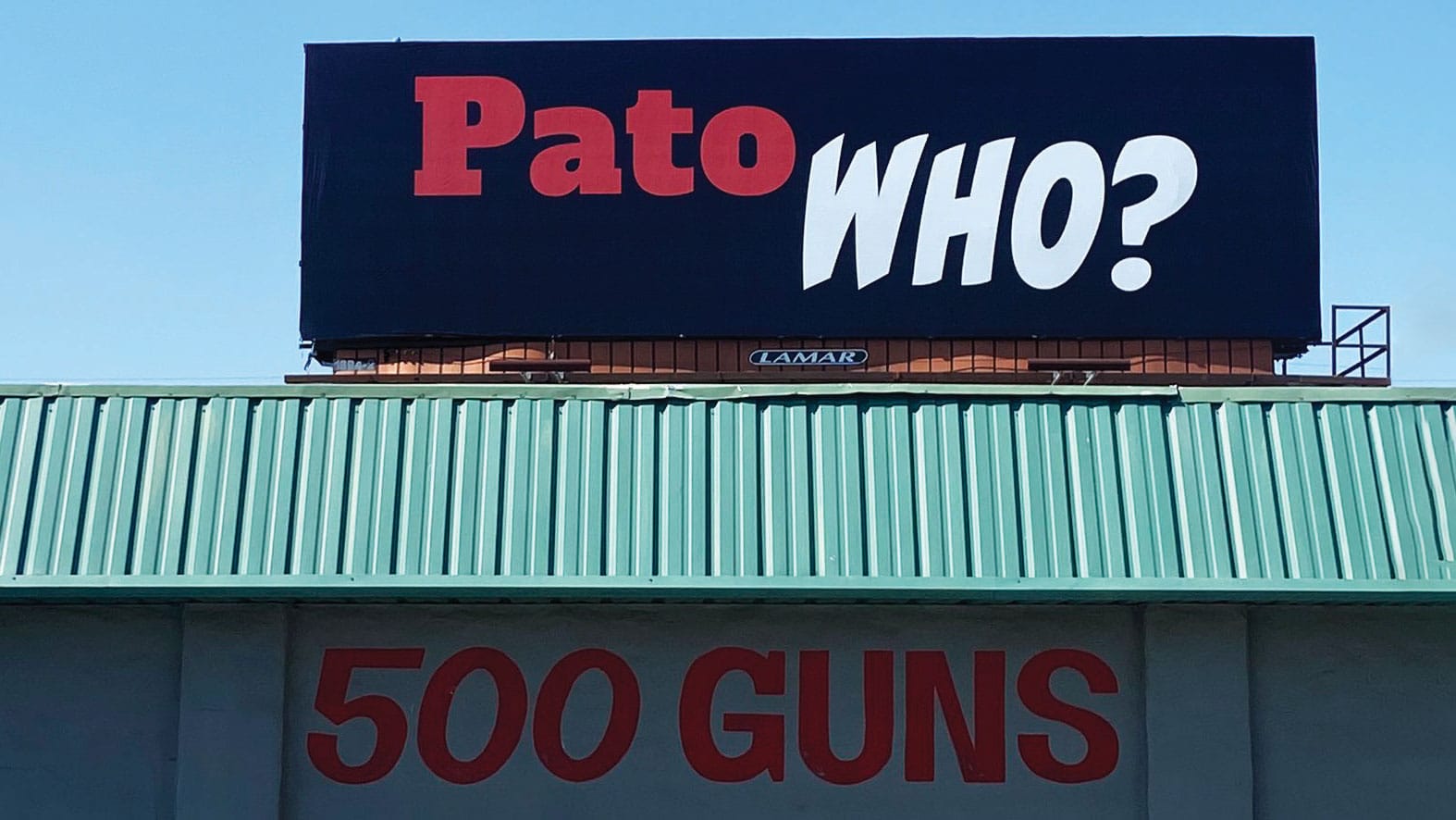Why IndyCar needs to race in Mexico
With the rise of IndyCar’s Mexican star Pato O’Ward, the series needs to follow F1 south of the border, writes John Oreovicz

Pato O’Ward took umbrage after a comment from IndyCar chief Mark Miles
Pato O’Ward
Announced attendance numbers should always be taken with a pinch of salt, but based on televised overhead images, the quoted figure of 404,958 for the Mexican Grand Prix weekend seems believable. And that’s with Sergio Pérez running nowhere close to the front of the Formula 1 field…
Mexicans have traditionally turned out in force to support native sons. The country’s modern-era record for a sporting event was set in February 1993 when legendary promoter Don King attracted a crowd of 132,247 to Azteca Stadium for a boxing match pitting local hero Julio César Chávez against Greg Haugen for the super lightweight title.
That mark was exceeded for a CART-sanctioned IndyCar race in October 2003, when 221,011 spectators descended upon the then-recently renovated Autódromo Hermanos Rodriguez, with the main draw being Mexican star Adrián Fernández. The official three-day attendance for that event was 402,413 – not far off this year’s F1 number.
But by 2007, Fernández had moved on to sports car racing and attendance in Mexico City slumped badly. In November that year, Sébastien Bourdais won what would be the last IndyCar race staged in Mexico. “We have a pretty solid foundation, but I think something special needs to happen – you know, a Mexican being in the first three places in the championship,” said Federico Aláman, motor sport director for promoter OCESA. “We need a new generation of drivers so we can have somebody to support.”
That new generation turned out to be Pérez, who like Fernández and the brothers for whom the Autódromo was named after, became a motor sport hero for Mexican fans. But Pérez bypassed Indy and instead took his talents – and more importantly, Mexican sponsors like Telmex – to Formula 1. As a result and mainly due to the presence of Pérez, the Mexican GP rejoined the F1 calendar in 2015 after a 22-year absence and quickly grew into one of the championship’s strongest commercial events.
Now, in the form of Pato O’Ward, the modern IndyCar series finally has a successful and marketable Mexican star. But the series’ management has botched getting back into the lucrative market ‘south of the border’.
“The planned Arlington GP is billed as Indy’s first ‘F1-style street race’”
Mark Miles, IndyCar CEO, recently insulted O’Ward, who is the series’ most popular driver, claiming, “Pato isn’t as famous as the last previously famous Mexican driver, Adrián Fernández. But he’s gaining ground, and he’s actually on some billboards now.”
Already upset that NASCAR beat IndyCar to schedule a race at the Autódromo next year, O’Ward’s response was to erect a ‘Pato who?’ billboard within sight of the Indianapolis Motor Speedway as a daily reminder to Miles on his commute. When O’Ward drove a practice session for McLaren and drew large crowds in Mexico for appearances during the F1 weekend, IndyCar went into damage control and announced negotiations would resume about a race in Mexico as early as 2026.
To many, it is not a case of whether that race will happen, but rather whether the series can afford for it not to happen. Not to mention how it has found itself in a position where it is so badly behind the times.
It is not the only area where Indy has fallen behind. It is now a distant third-place behind NASCAR and F1 for the American audience. Since Roger Penske took ownership of IMS and the series in 2020, all the effort and investment has gone into sprucing up the Speedway and sustaining the Indy 500 rather than introducing a much-needed new chassis and engine formula and growing the year-long calendar. Competitors and fans are growing increasingly impatient.
Meanwhile over the same five-year period, Drive to Survive and the epic 2021 championship battle fuelled F1’s impressive growth in America. And thanks to generous commercial terms granted by Liberty Media to ESPN and open-minded sponsorships from Mothers polish and later Mercedes-Benz, F1 races were aired commercial-free for the first time in America – a stark and refreshing contrast to NASCAR and IndyCar.
F1’s upward trend culminated in the hugely hyped 2023 Las Vegas Grand Prix, which was marked by controversy over high prices, delays, and a schedule that didn’t put cars on track until three-quarters of the US population was already asleep. It will be interesting to see if the Vegas event suffers any drop-off, because despite criticism for prioritising show over substance, it produced an entertaining car race. There has certainly been a lot less buzz and promotion in the lead-up to this year’s edition. There’s also the question of whether F1 has oversaturated the American market, expanding from one to three annual US events in the last three years.
If the Las Vegas GP does endure a ‘sophomore slump’, it would give IndyCar an opportunity to showcase as an alternative. Unfortunately those in charge are once again a day late and a dollar short: the planned Arlington Grand Prix in Texas, billed as Indy’s first ‘F1-style street race’ won’t take place until March 2026. Not only that, but by then F1 will have introduced a new technical formula, while IndyCar will still be running essentially the same chassis and engine that debuted in 2012. The more things change, the more they stay the same.
Based in Indianapolis, John Oreovicz has been covering US racing for 30 years. He is author of the 2021 book Indy Split

